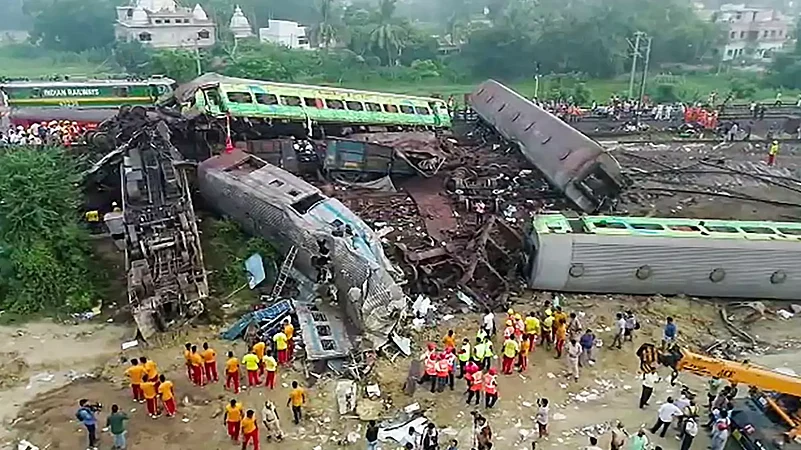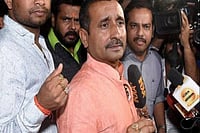Day in and day out, rescue workers have been scrambling to find a pulse among the many limbs and bodies scattered on the railway tracks near the Bahanaga Bazar station in Balasore, Odisha, where three trains derailed and crashed into each other on a tragic evening last week. Schools were transformed into makeshift spaces for victims, while medical colleges are being utilised for their morgues as the focus quickly shifted to the death toll.
As many as 275 people died and more than 1,000 were injured in the deadly train accident that took place on Friday evening, according to the official figures updated by Balasore District Collector. The crash involved a Bengaluru-Howrah Superfast Express and Shalimar-Chennai Central Coromandel Express, along with a third good train that was stationary. The drivers of the train were rescued from the crash and are undergoing treatment.
The Coromandel Express, which was travelling at full speed, crashed into a stationary goods train around 7 PM, derailing most of its coaches. A few coaches then toppled over the coaches of the Bengaluru-Howrah Express which was passing by from the opposite direction at the same time in Balasore district, about 250 km south of Kolkata and 170 km north of Bhubaneswar, prompting the Railway Ministry to order a probe.
A team of doctors and experts from the AIIMS and other central hospitals of Delhi have been rushed to Bhubaneswar through a special IAF flight to provide medical assistance to those injured. Doctors from AIIMS-Bhubaneswar were earlier dispatched to Balasore and Cuttack in Odisha to assist in the relief operations.
Prime Minister Narendra Modi visited the accident site on Saturday to take stock of the rescue and relief operations and said the government will leave no stone unturned to help and treat those injured.
Experts and opposition parties have questioned the absence of the automatic train protection and anti-collision system ‘Kavach’ on the train route where the accident happened. A public interest litigation was also filed to find out the details behind the mishap. The litigation, which highlights the guidelines to implement the Kavach system in train routes, will be looked into by an expert panel headed by a retired judge of the Supreme Court.
However, Union health minister Ashwini Vaishnaw dismissed the claims. “It happened due to a change in electronic interlocking. Right now our focus is on restoration,” Vaishnaw told reporters while overseeing the restoration work on the ground.
The preliminary probe report of the accident stated that the signal was given and taken off for the up main line for train number 12841 (Coromandel Express). The train entered the loop line, dashed with the goods train and derailed. In the meantime, train number 12864 (Bengaluru-Howrah Superfast Express) passed through the down main line and two of its coaches derailed and capsized, the report said.
Investigators are also looking into possible human error, signal failure and other possible causes behind the three-train crash.


























